We want you to share Forests News content, which is licensed under Creative Commons Attribution-NonCommercial-ShareAlike 4.0 International (CC BY-NC-SA 4.0). This means you are free to redistribute our material for non-commercial purposes. All we ask is that you give Forests News appropriate credit and link to the original Forests News content, indicate if changes were made, and distribute your contributions under the same Creative Commons license. You must notify Forests News if you repost, reprint or reuse our materials by contacting forestsnews@cifor-icraf.org.
In the Mariño Watershed in the Peruvian province of Abancay in the southern Andes, altitudes range from 5,400 to 1,900 meters above sea level, encompassing perpetually snow-covered landscapes and areas featuring delicate orchids, which thrive in balmy temperatures. Water flows from glacial ridges through forested wetlands toward urban valleys, supporting subsistence economies, commercial farming operations and city life along the way.
Maize, beans and potato fields dot an intricate landscape that features old-growth forests and the Ampay National Sanctuary – home to the endangered “tree of the sun” or Intimpa in Quechua language.
Healthy and well-managed landscapes provide critical benefits to humanity. Throughout the province, locals particularly value water purification, flow regulation and erosion control, as well as medicinal plants, agricultural production and scenic beauty. Recognizing the communities that manage landscapes and involving them in conservation activities is important to make environmental initiatives more effective and equitable.
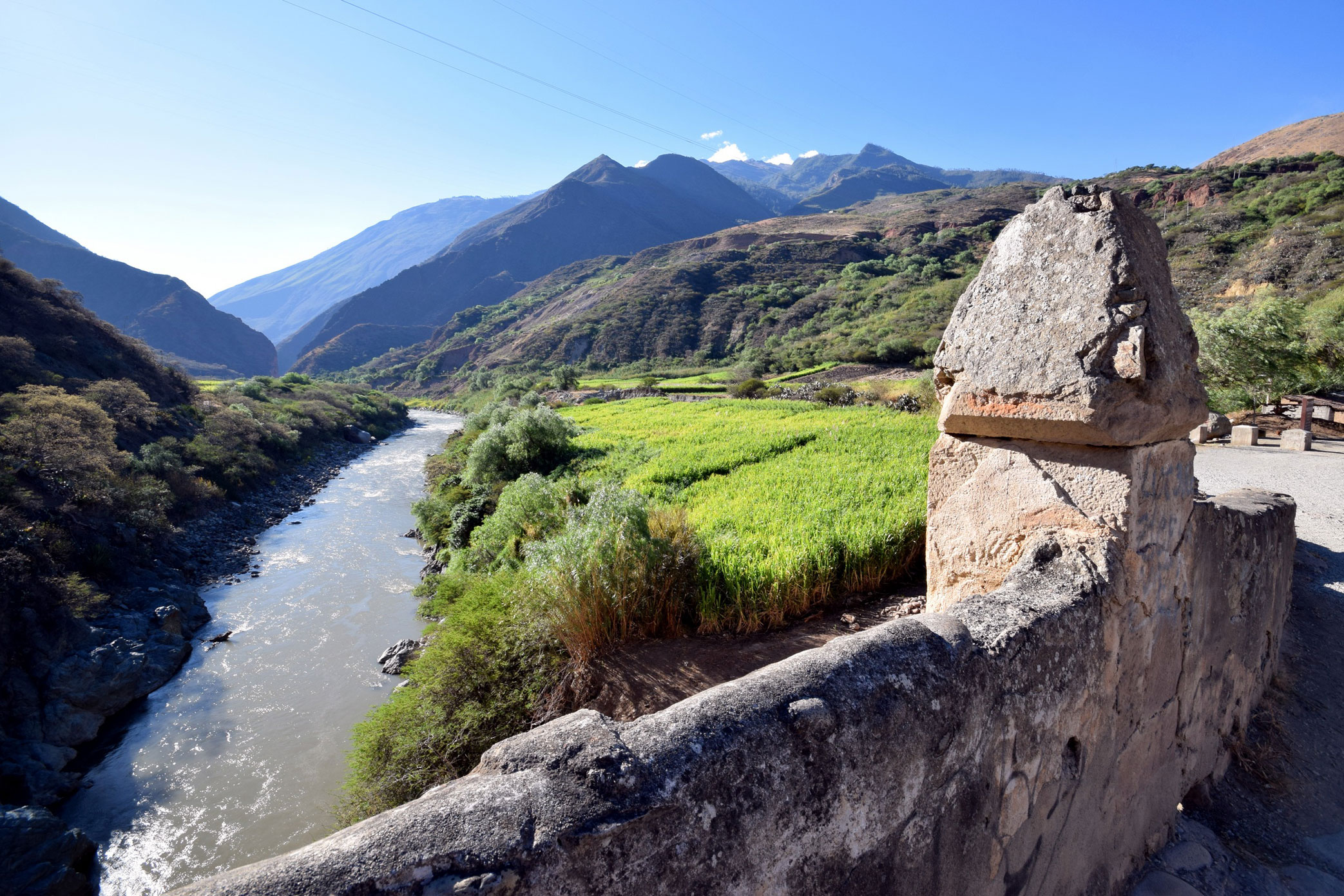
However, unequal power relations between the various stakeholders can lead to conflict, and poor environmental and livelihood outcomes, notes a new CIFOR Infobrief, which is based on two studies with partner organizations AgroParisTech, the French National Research Institute for Agriculture, Food, and Environment (INRAE) and Peru’s sanitation authority, known by its Spanish acronym, SUNASS.
“When decision-makers and scientists consider trade-offs among ecosystem services, they usually focus on the biophysical aspects, but what about the trade-offs between the wellbeing of the different stakeholders?” said Bruno Locatelli, co-author and scientist with the Center for International Forestry Research (CIFOR) and France’s Agricultural Research Institute (CIRAD).
“Our work seeks to fill this research gap through identifying who controls, who manages and who benefits from these services using the 300 square kilometer Mariño Watershed in Abancay province as a case study,” he said.
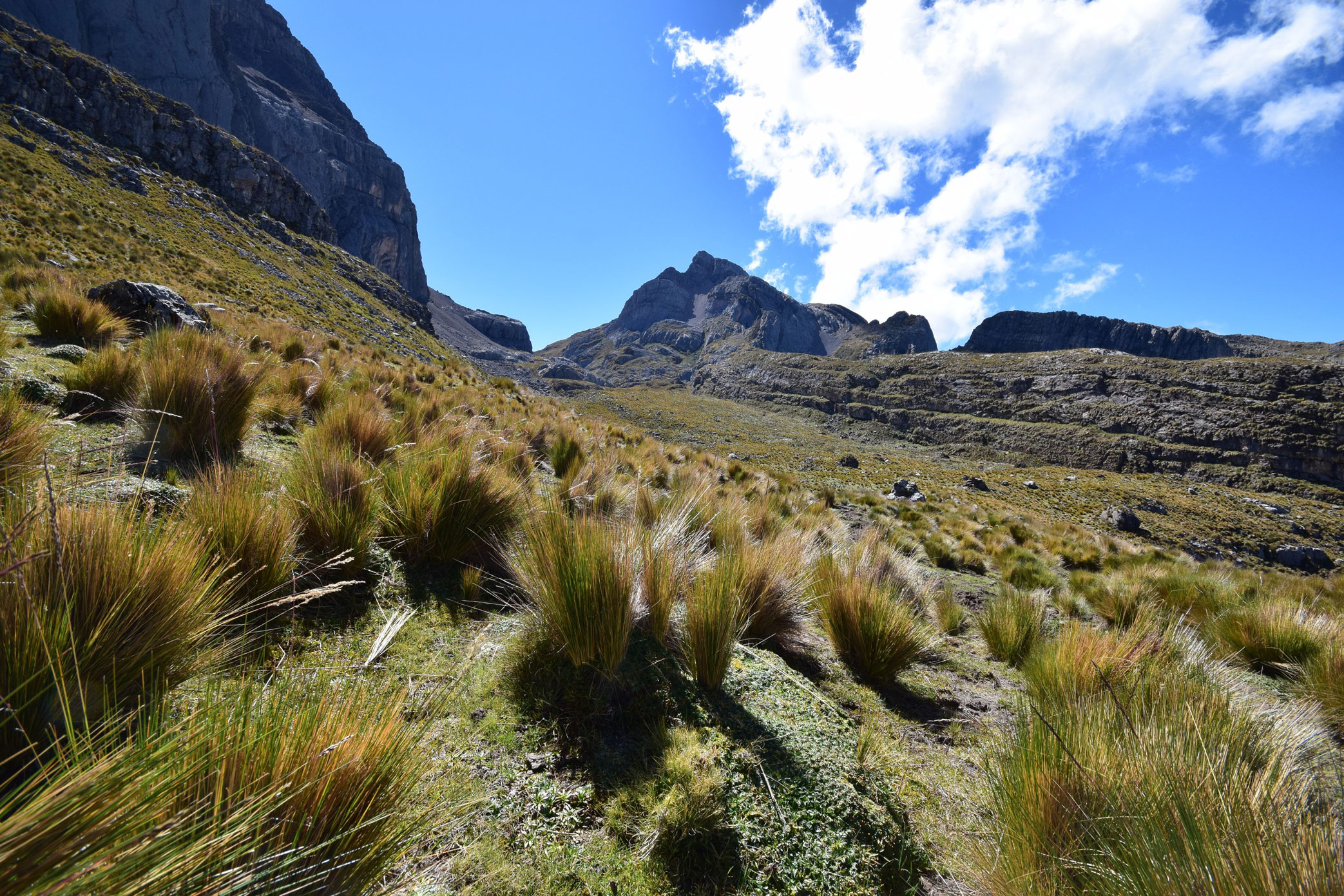
Grasslands in the protected Ampay National Sanctuary, at the highest elevation of the Mariño Watershed.
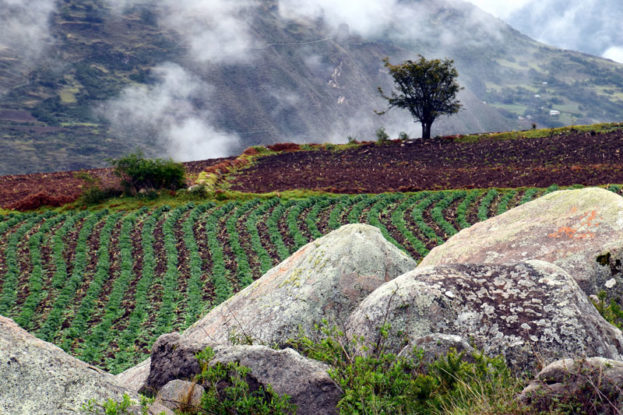
A mixed-use landscape in Curahuasi in Apurimac.
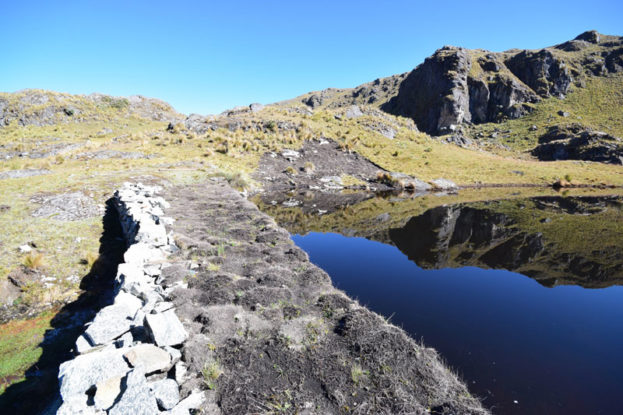
Small water reservoirs like this, built by the local community, contribute to the community water supply and to water regulation for the entire watershed.
In the Infobrief, Locatelli and his colleagues from AgroParisTech and CIRAD identify the most important ecosystem services and use social network analysis to map the relations between the key institutions and actors in the watershed.
The objective is to provide insights into roles, power and inequities, which can be useful for designing participatory governance mechanisms, resolving conflicts and improving integrated landscape management. The approach is particularly apt for this area, as it explores a range of conservation approaches, including reforestation and payment schemes for water ecosystem services.
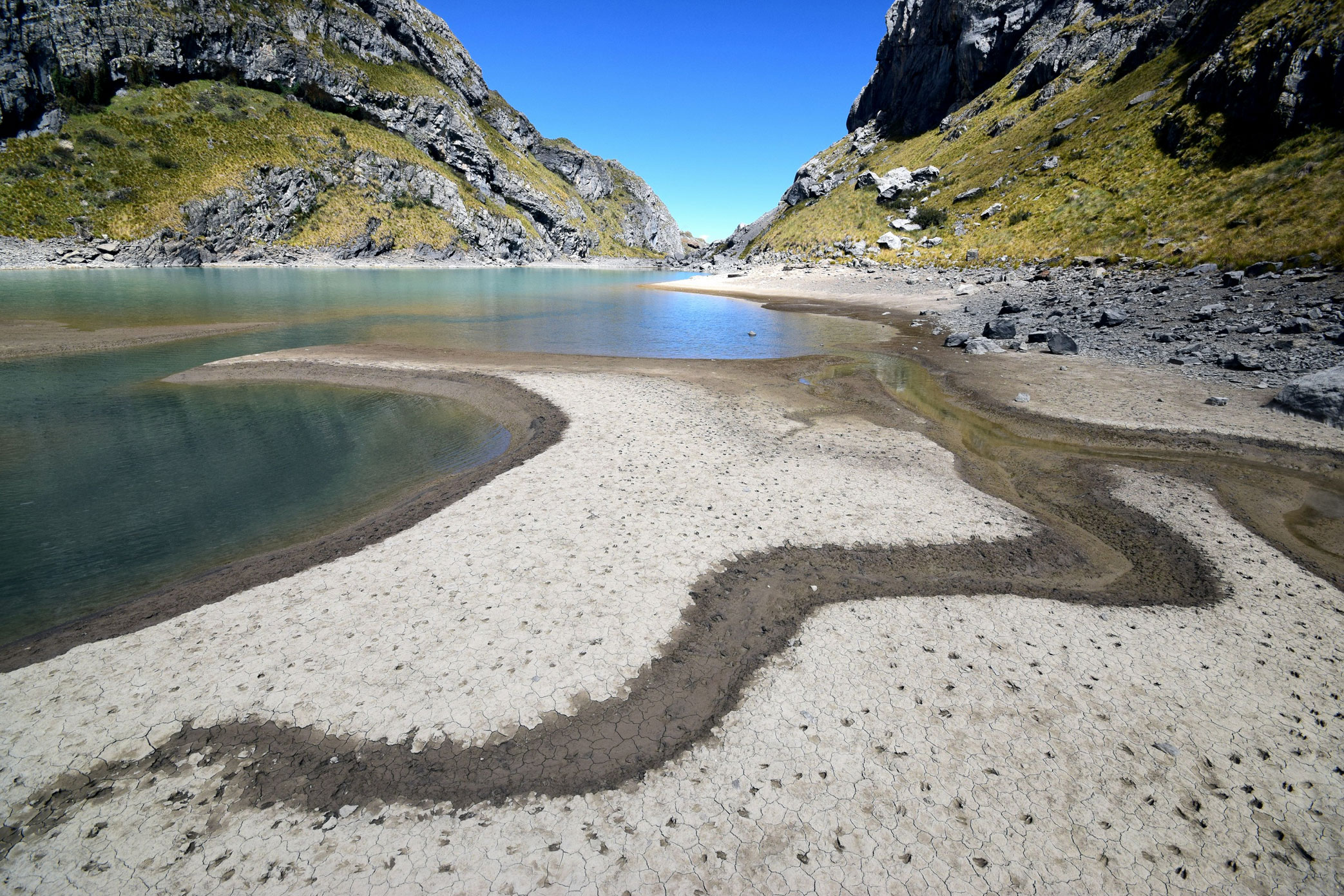
IMBALANCES LEADING TO CONFLICT
To understand how power relationships play out in the Mariño area, scientists started by organizing workshops with local stakeholders. Notably, these included farmers, small agri-businesses, tour operators, authorities and the local drinking water provider.
“The concept of ecosystem services piqued their curiosity and, in listening to each other, they started seeing their shared landscape through different lenses: as a provider of water, of food, of scenic beauty,” said Locatelli.
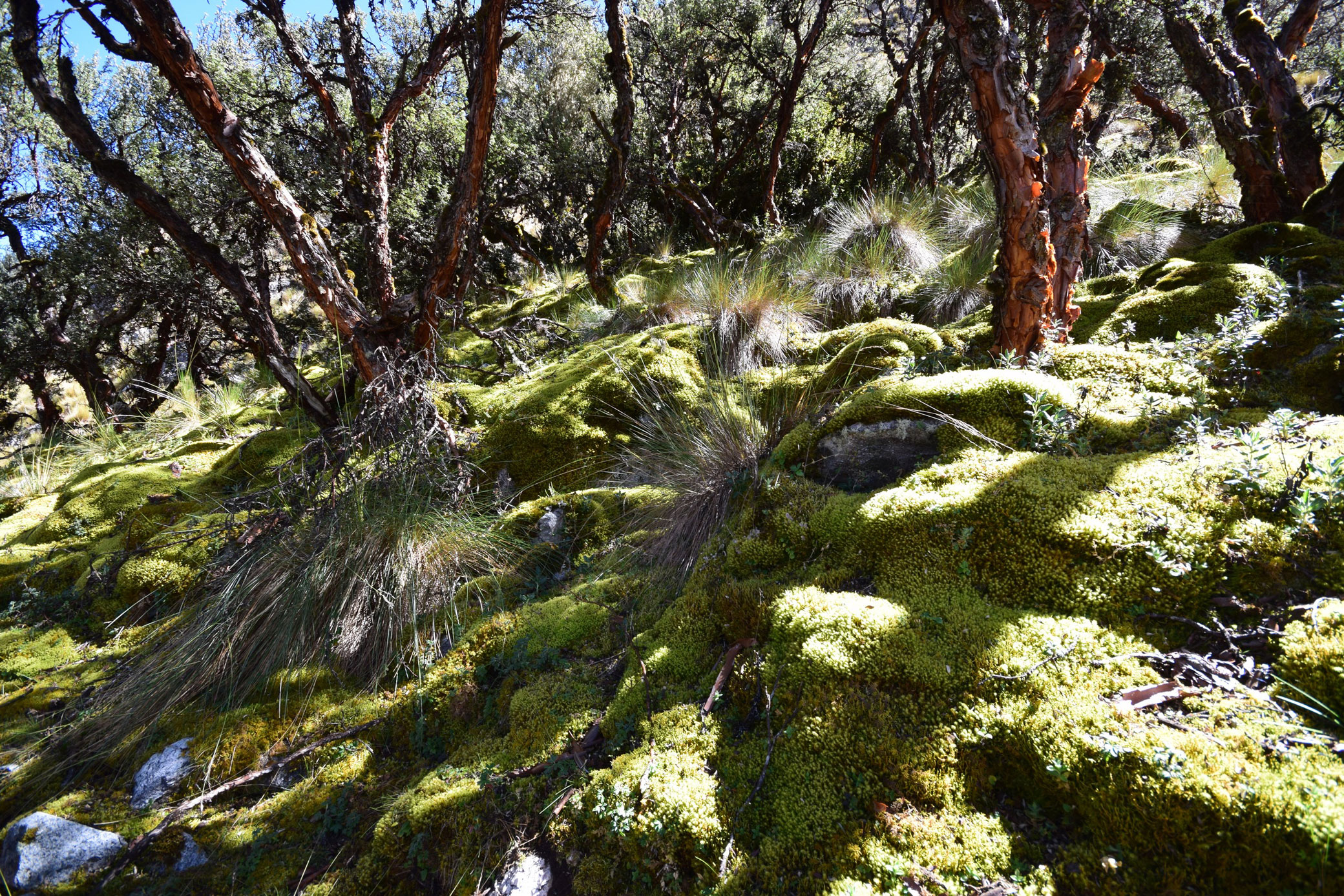
A native forest with Polylepis trees, called “queñua” locally, at 4,300 meters above sea level. These forests have important ecosystem functions for the watershed, protecting the soil, facilitating water infiltration, and providing goods to local communities.
Beyond greater awareness of the various perspectives, the process brought to light a mismatch between the people who protected ecosystems services and those who benefited.
For example, communities at high elevations use and conserve the wetlands and mountain forests that regulate the flow of water, while tap water company EMUSAP and manages its distribution to the downstream provincial capital city of Abancay, 900 km southeast of Peru’s capital Lima, under the supervision of the National Water Authority.
“That means that the upstream communities influence the quantity and quality of the water, but they do not have a say concerning broader watershed management and water allocation,” explained Locatelli. Communities are direct ecosystem service managers, while public sector organizations such as the National Water Authority are indirect managers with the power of controlling and authorizing water consumption and the use of other services.

A dam in the upper part of the watershed provides water to the city and to downstream farmers.
“The failure to balance the needs of direct/indirect managers and beneficiaries of an ecosystem service is a recipe for conflict,” he said. For example, there were times when the eastern part of the watershed was left with almost no water for agricultural use. To try and solve the problem, some farmers groups opened channel gates to redirect water to their fields, but it put them at odds with other farmers whose fields got less water as a result.
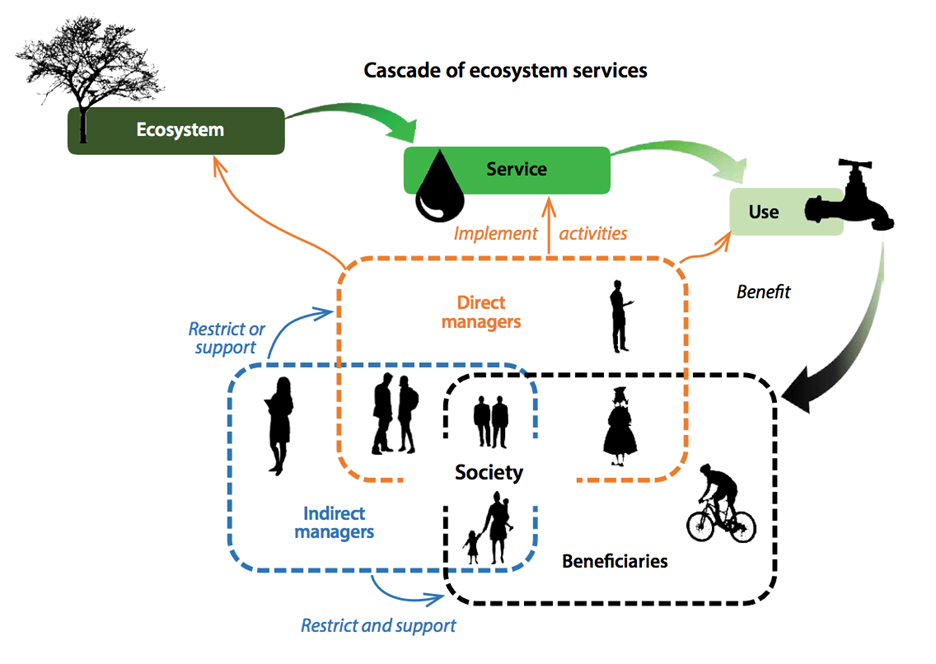
Direct and indirect forms of ecosystem services management can occur at three steps of the ecosystem service cascade (ecosystem, service, use).
DOMINANCE AND INFLUENCE
Researchers also examined the extent to which the various actors were dominant – with the capacity to withhold benefits through force or authority — and influential – with the capacity to provide information to change somebody’s opinion, attitude or behavior. “Enforcing laws and supervision are examples of domination, while providing advice and sharing information are instances of influence,” said Locatelli.
For each of the ecosystem services under study, scientists found that the public sector was the most dominant, while the private sector had little power of any sort. “Conflicts were more likely when really powerful and really powerless actors were involved,” says the Infobrief.
In the province’s top-down approach to water management, for instance, the National Water Authority allocates the resource without consulting private sector users such as farmers and small agri-businesses.
Locatelli said he hopes these insights will inspire decision-makers and stakeholders to adopt more participative approaches to ecosystem service governance in Peru and beyond.
“There is a need for collaborative approaches that balance the various interests in a way that is best for the people and the environment,” he said.
Ecosystem services prioritized by local stakeholders

Locals prioritized eight ecosystem services: provisioning services in orange, regulating services in blue and cultural service in purple. (Photos by Améline Vallet and Bruno Locatelli)
Story development and script: Gloria Pallares
Photos: Bruno Locatelli
Web design: Gusdiyanto
Editor: Deanna Ramsay
We want you to share Forests News content, which is licensed under Creative Commons Attribution-NonCommercial-ShareAlike 4.0 International (CC BY-NC-SA 4.0). This means you are free to redistribute our material for non-commercial purposes. All we ask is that you give Forests News appropriate credit and link to the original Forests News content, indicate if changes were made, and distribute your contributions under the same Creative Commons license. You must notify Forests News if you repost, reprint or reuse our materials by contacting forestsnews@cifor-icraf.org.



